Search
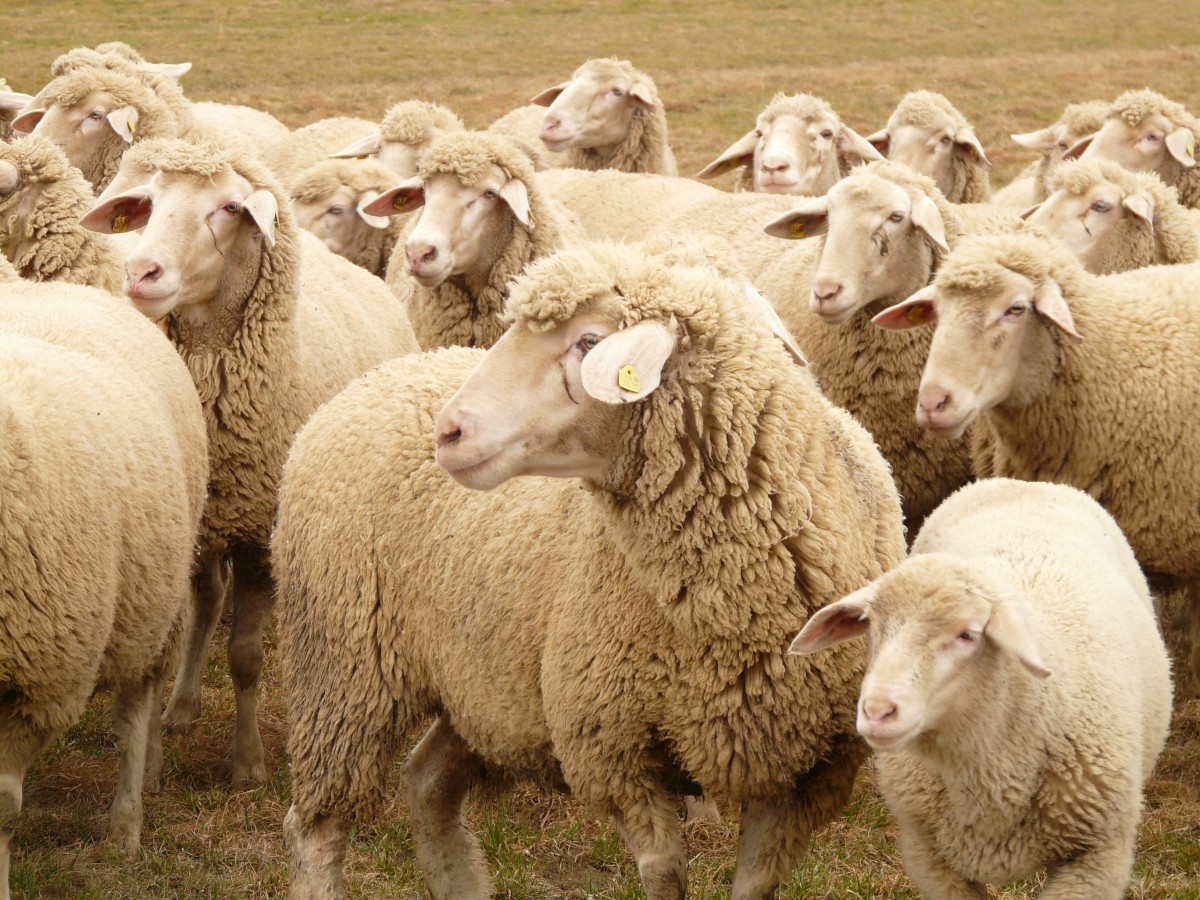
Sheep Breeds
Everyone has heard the fairytale “Baa Baa Black Sheep Have You Any Wool?” but what about the double-coated California Red, the multi-colored Katahdin sheep with hair, or the East Friesian dairy ewe that produces over 1,100 pounds of milk a year? Sheep come in different shapes, sizes, and colors and all of them provide different functions and uses for producers. These can range from meat, wool, and milk production or a combination of characteristics.
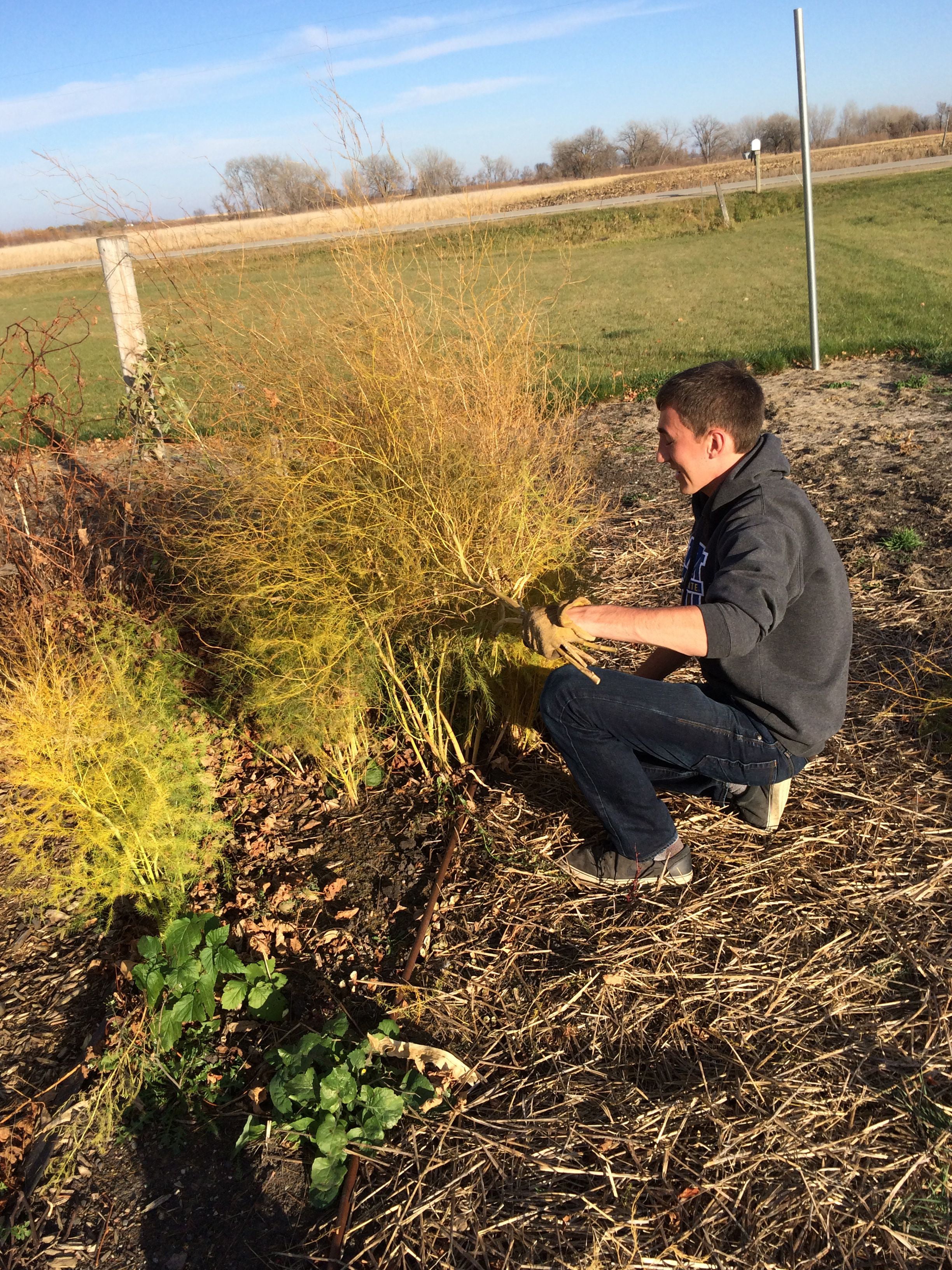
Asparagus
One of the keys to growing healthy asparagus is to allow the plants plenty of time to develop the big ferny stems, starting about the first of July. This ferny growth produces the carbohydrates that the plant needs to grow and also store up for the winter and next year’s initial crop of spears.
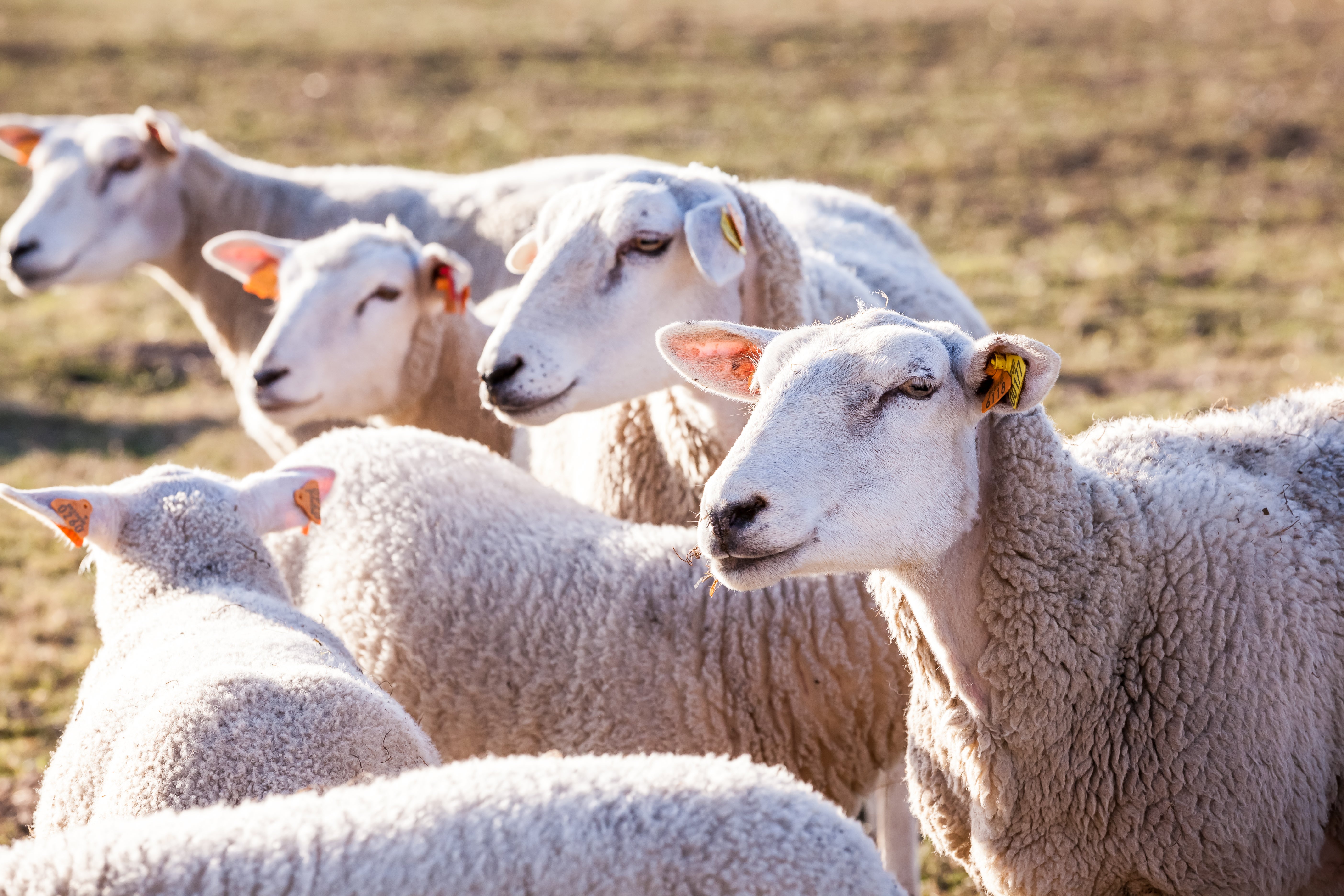
National Sheep Improvement Program: Performance-based data you can rely on
Sheep producers continually look for opportunities to improve their flocks through the introduction of genetic traits that will contribute to both improve the performance and physical appearance of the offspring. For hundreds of years, producers used the phenotype or physical appearance traits to select replacement stock, followed by performance trials and wool testing to quantitatively define the traits a specific animal may possess.
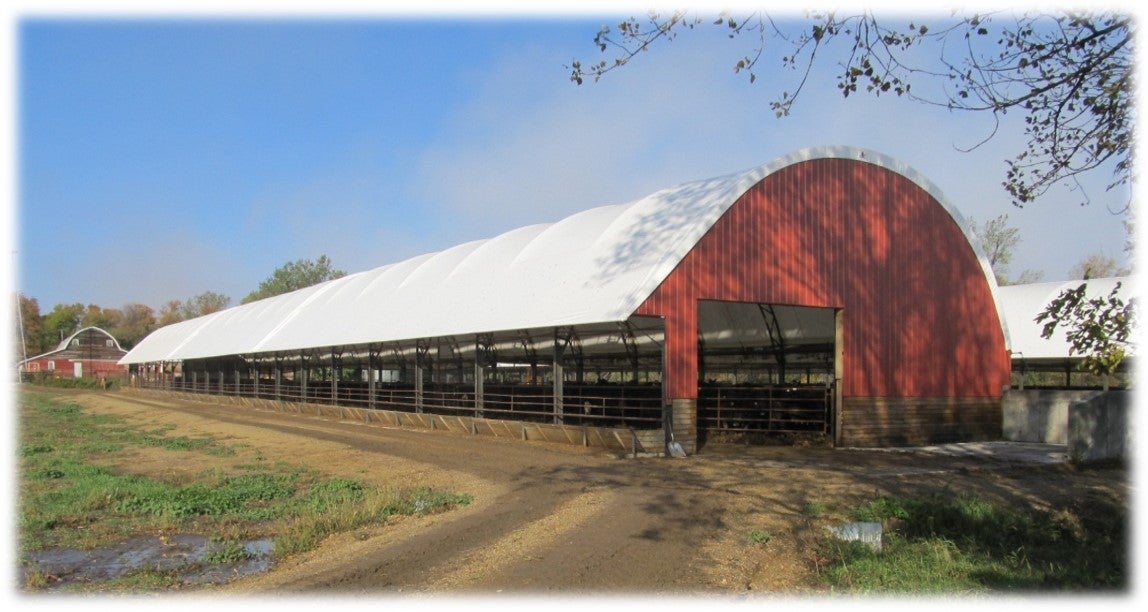
Cattle Confinement Facilities: Management Considerations
Confinement barns provide some advantages to both the animals and caregivers compared to outside pens or pasture systems.
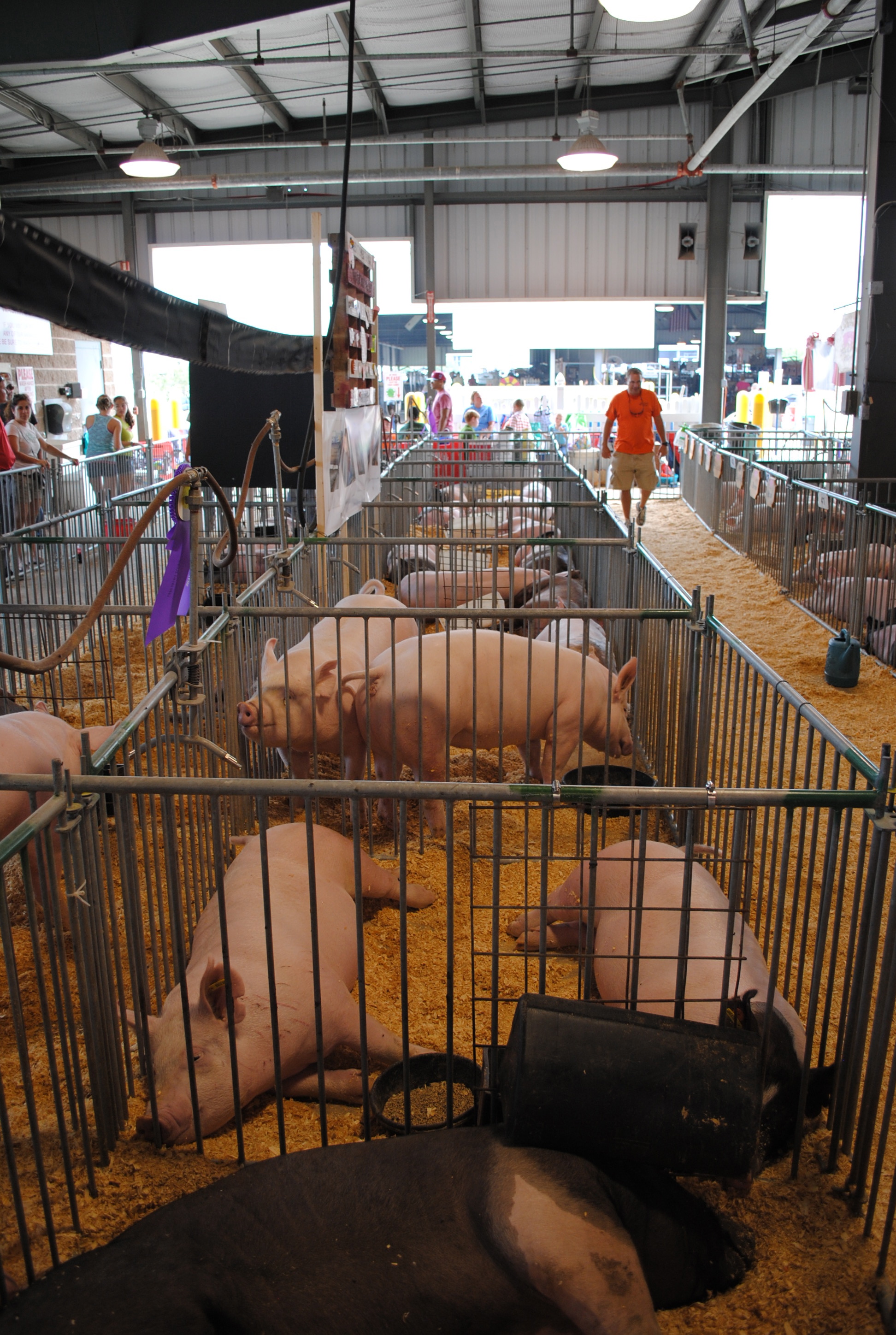
It’s Showtime, Get Your Show Box Ready!
It’s time to head off to the show, but before you can go everything needs to be loaded into the truck and trailer. You get a supply of feed and hay, load some bedding, put in a fan, add the trimming stand and now it’s time for the show box.

Eat Confidently With Lactose Intolerance
February is Lactose Intolerance Awareness Month, a time to clear up confusion about the condition and return to confidently eating the dairy foods you love!
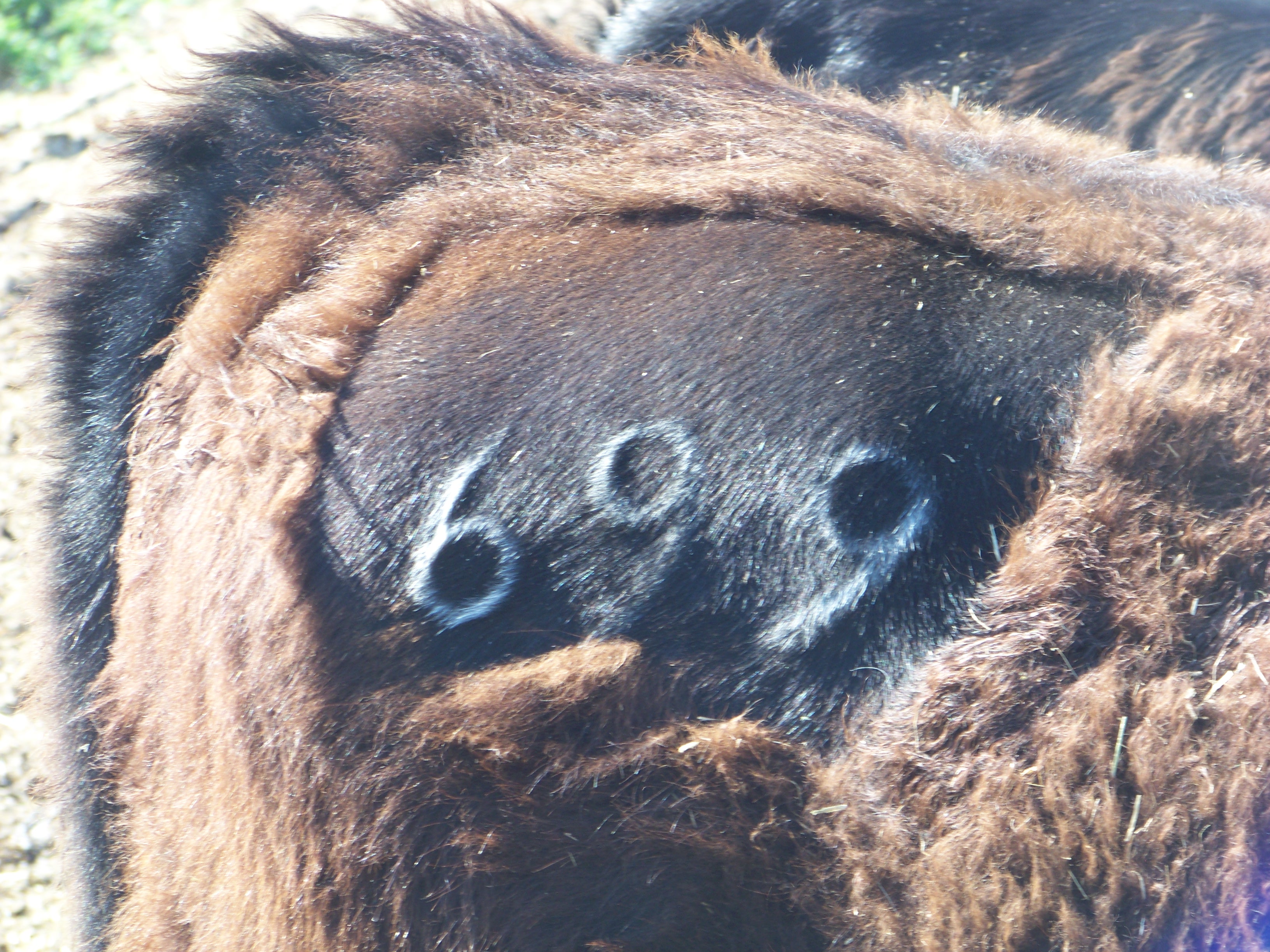
Freeze Branding Cattle
Freeze branding is a low-stress way to add permanent identification to cattle that will elicit minimal hide damage.
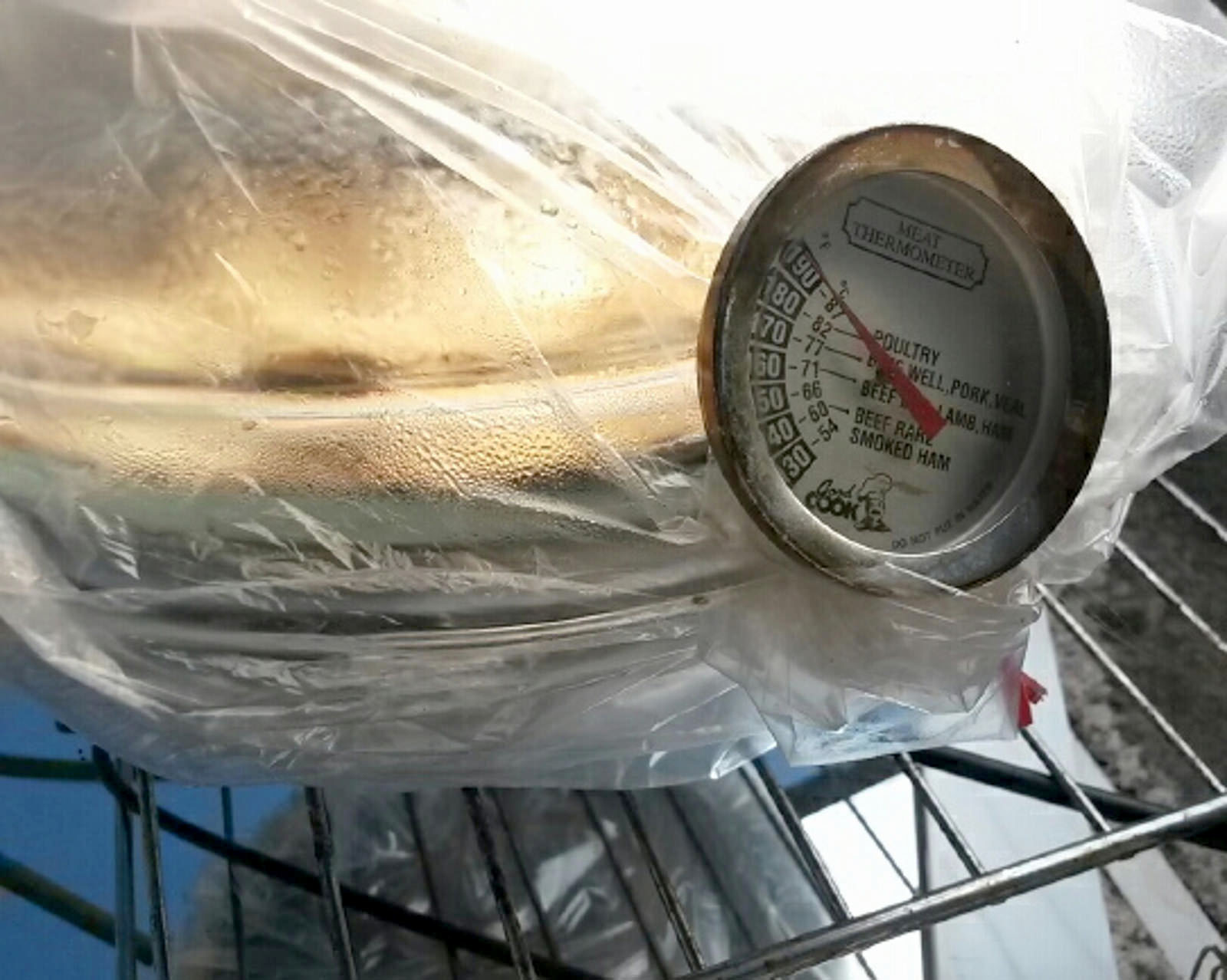
How to Calibrate a Meat Thermometer
A properly calibrated meat thermometer is key for achieving both meat safety and quality.
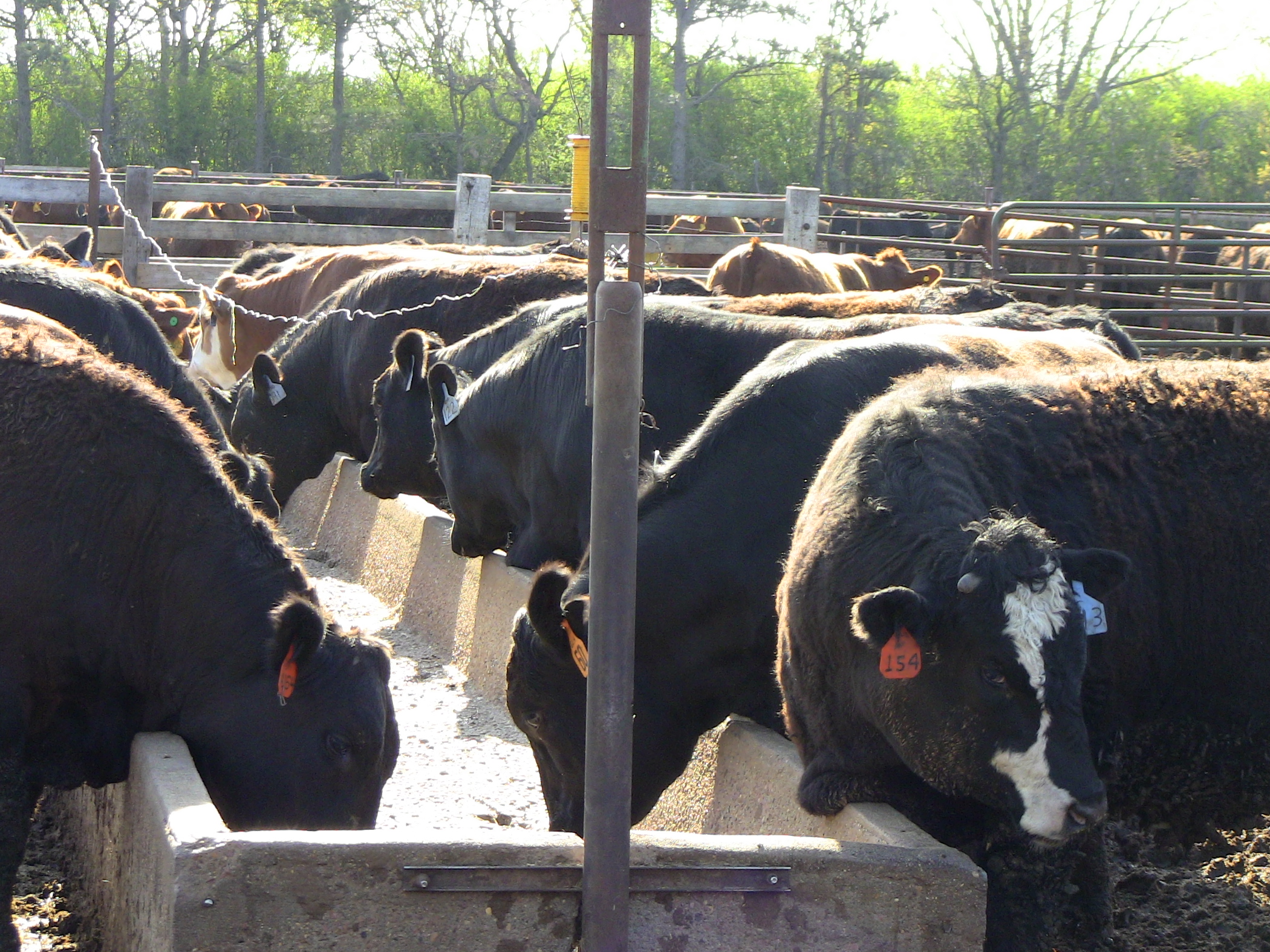
Let’s Talk BQA Assessments
Simply put, BQA assessments are a review of a farm or ranch by an assessor that helps managers benchmark their current level of cattle care and discover areas they may be able to improve.

Importance of Pregnancy Detection During a Dry Year
With weaning wrapping up, pregnant cows should be identified and turned back out to pasture or crop residue. By removing open or even late cows from the herd, valuable feed resources are saved if drought conditions continue.